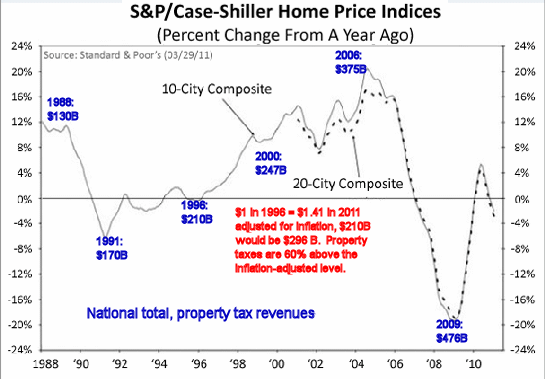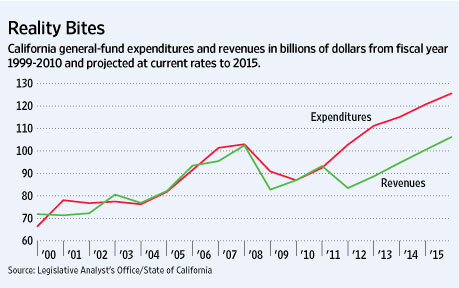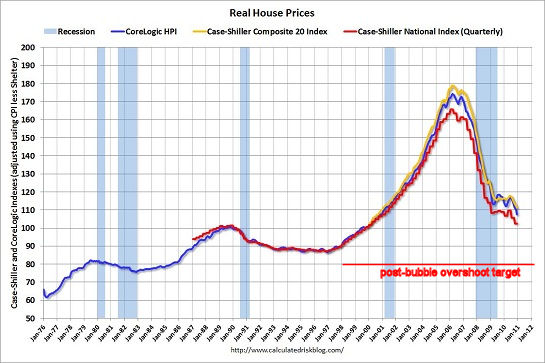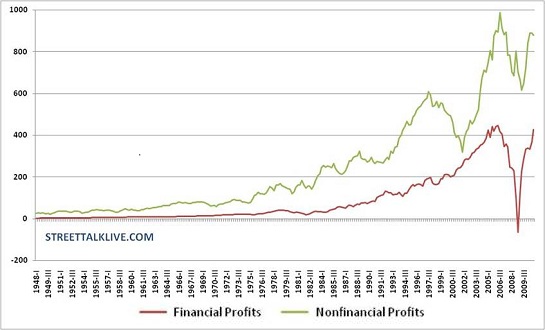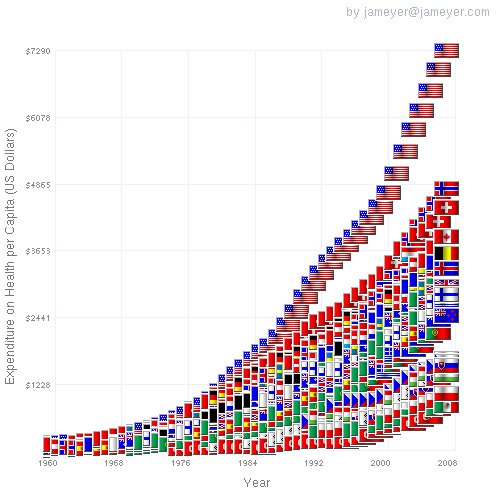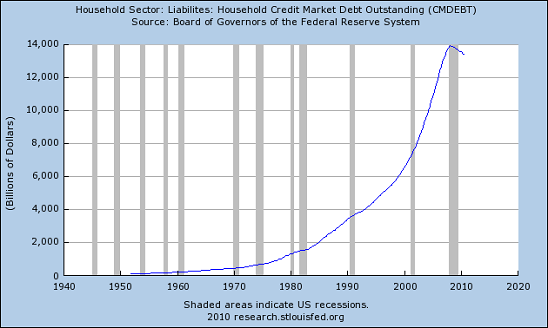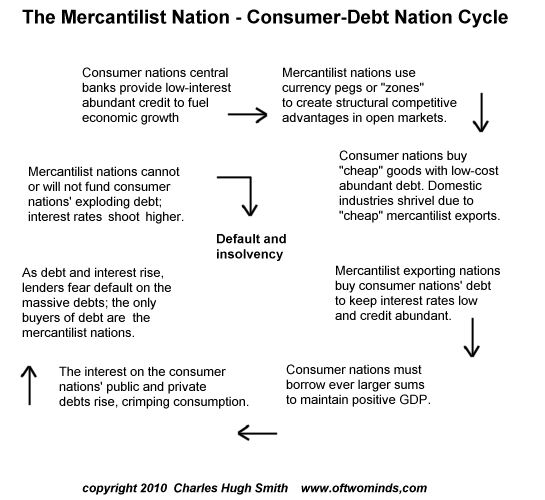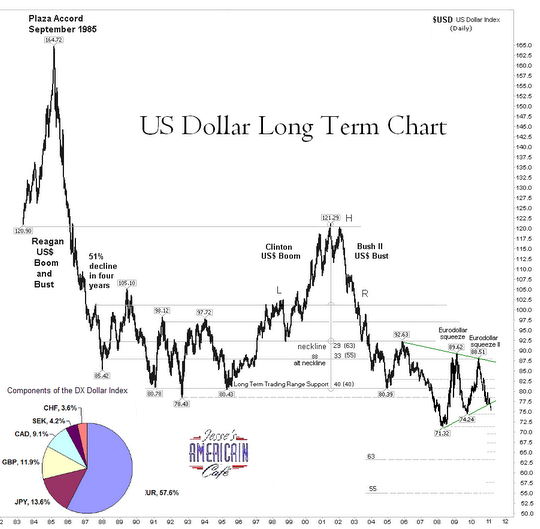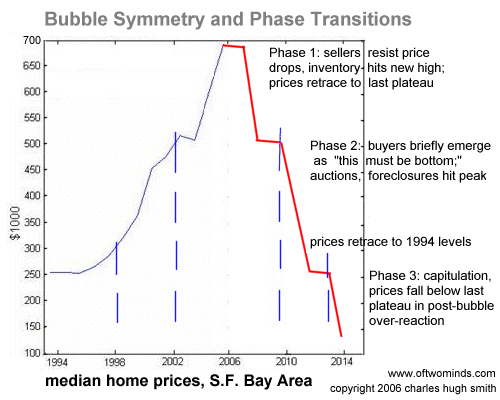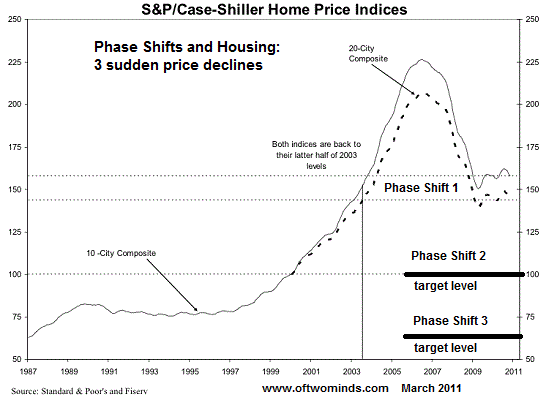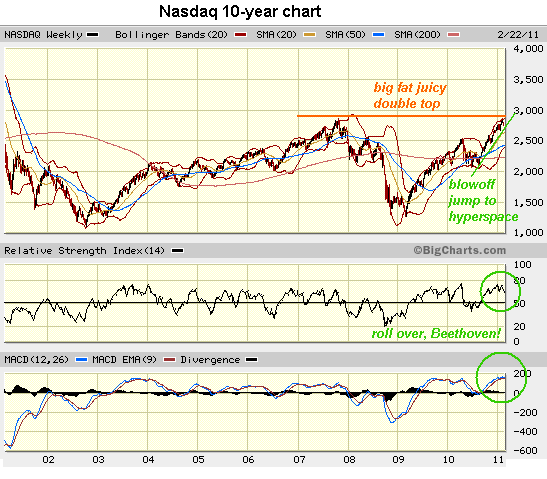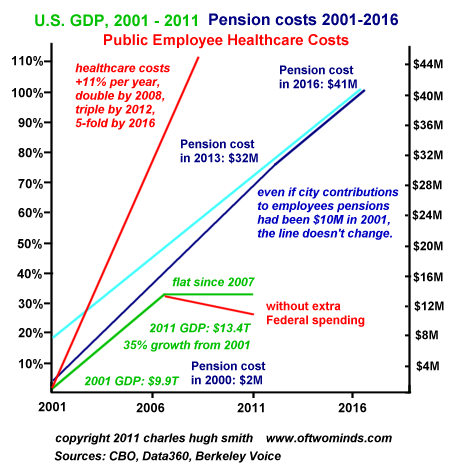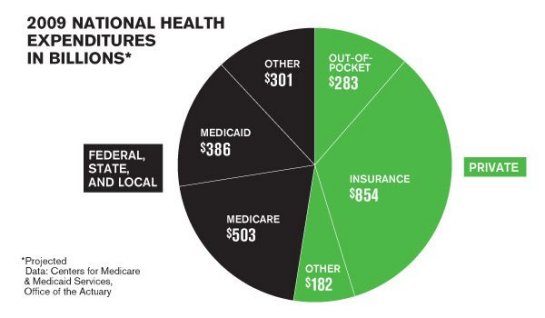You Want Real Change? Recycle 300 Congresspeople Every Two Years
Fundamental change cannot be regulated or imposed top-down; it comes from a new understanding that transforms the culture. People claim they want to change what's wrong with America, but they don't know how. Here's how: recycle 300 Congresspeople every two years until we get a leadership that isn't beholden to crony-cartels and State fiefdoms. Right now, we continue to elect toadies who have brown-nosed their way to a "war chest" of $10 million (or more, much more) in campaign contributions because they have observed that Americans will vote for whatever toadie buys the most media exposure, i.e. TV adverts. You want change? Then refuse to vote for anyone who has sold their soul to raise $10 million to buy propaganda time on TV. You want change? Then start voting for the guy or gal who refuses to accept any campaign contribution of more than $25 and who renounces expensive media propaganda as the avenue to elected office. I know this sounds quaint and naive, but when The Triumvrate (Jeff, Dexter and I) were running the People's Party of Hawaii in the ealy 1970s, we publicly declared that we would not accept any contributions above the cost of a case of beer. Today that's about $25. You will not tear the political machinery from the grasp of the Financial and State Elites by whining about campaign reform laws. You can only do so by voting out anyone and everyone who "plays the game" of raising millions to get elected and thus enslaving themselves to the Power Elites. In other words, change will only occur when costly TV adverts will automatically doom a candidate's campaign, because people have grasped that the only way the candidate could raise the money required to buy the propaganda was to sell his/her soul to various corporate and State Power Elites. In other words, change starts in the minds and resolve of the voters. Once running a slick TV ad instantly dooms a politico's campaign, then we'll stop rewarding the most pathological aspects of the political machinery. Real change will occur when if word leaks out that you've raised millions of dollars at fat-cat fundraisers, you've already lost the election. Real change will only happen when voters reward those politicos who refuse to vote with their party. As long as we continue to elect people who vote in blocs, then we will continue to be ruled by Power Elites who pull the strings behind the blocs. The ideologies are of course mere window-dressing: the only real battle between the parties is which fiefdom or Power Elite will gain a relatively larger slice of the Savior State/Empire's swag. Change will only occur when the candidate who refuses to accept more than $25 from any group or individual and who lists every contribution on his/her website wins by a landslide over the slick multi-million dollar media campaign run by big-bucks operatives. There cannot be any real change until the voters start rewarding candidates who will refuse to meet with lobbyists from any industry or fiefdom. Imagine that: a politico who slams the door to K Street and who refuses to even take the calls of the fat-cat lobbyists and assorted other sycophants and sociopaths. In the current climate, anyone who refused to kow-tow to lobbyists, fiefdoms and Power Elites would soon face an opponent in the next election sitting on millions of dollars donated by the lobbyists, fiefdoms and Power Elites who desperately need a puppet to maintain their perquisites. The only way to break our present bondage to concentrations of wealth and power is to vote out anyone who raises millions of dollars and who runs a slick and costly media campaign. The only way things will ever change is a cultural shift in values and understanding that reverses the current chain of command and cultural value system. Right now, the CEO and corporate titan is literally worshipped and fawned over as a living god. The most revered few on the altar of secular worship are those who have "created shareholder value" by whatever means are necessary. That worship of corporate culture goes hand in glove with a profound political passivity, a passivity masked by ginned-up ideological charades and media parades. Both parties support the Global Empire, the Savior State dependent on rising deficit spending, and the dominance of cartel-crony "capitalist" Power Elites for whom the profits are always private but the losses and risks are always public. End of story: the "differences" between the two parties are all cosmetic, a political theater of whose favored fiefdoms and cartels get a tiny reduction in their rate of growth and whose get a massive injection of borrowed money. Change cannot be imposed via campaign finance rules; change flows from a citizenry who refuse to consent to the Status Quo. Change will only occur when a candidate espousing the following agenda wins by a landslide, crushing the sycophants and toadies who followed the Status Quo line of selling their soul for a multi-million dollar TV advert campaign and brown-nosing the Power Elites both public and private: 1. I will not accept anonymous or cloaked donations. 2. Every donation and the name and affiliation of every donor will be listed prominently on my website. 3. I will not accept donations or gifts of more than $25 from any group or individual. 4. I will not meet with lobbyists or their representatives. They can submit a letter for review by my staff, just like any other constituent. 5. I will not follow the orders of my party bosses, but will vote independently for what I perceive as the good of the nation. If the nation sinks, so does my community/state. 6. I will not promise you additional entitlements and government-funded benefits. 7. I will tell you the truth, as that is what you elected me to do. 8. I am not afraid to lose my office or power. By all means, take it; staff payday is Friday and don't forget to tip the janitorial staff and doorman. You want change? Then start supporting candidates who will pledge the above 8 points and stop voting for the toadies and sycophants who are beholden to the Status Quo Power Elites. As long as we are swayed by slick TV propaganda campaigns and enthralled by carefully choreographed political theatre, then we will continue to get what we deserve: a nation doomed to lies, propaganda, devolution, debt and rising instability. Long-time financial supporters of this site: email me if you'd like to receive the (subscribers-only) Weekly Musings email. Of Two Minds Kindle edition: Of Two Minds blog-Kindle
Readers forum: DailyJava.net.
Order Survival+: Structuring Prosperity for Yourself and the Nation (free bits) (Mobi ebook) (Kindle) or Survival+ The Primer (Kindle) or Weblogs & New Media: Marketing in Crisis (free bits) (Kindle) or from your local bookseller.Thank you, Steve R. ($50), for your exceedingly generous contribution to this site-- I am greatly honored by your support and readership. Thank you, Lucas H. ($5/mo), for your brilliantly generous subscription to this site -- I am greatly honored by your support and readership.




















